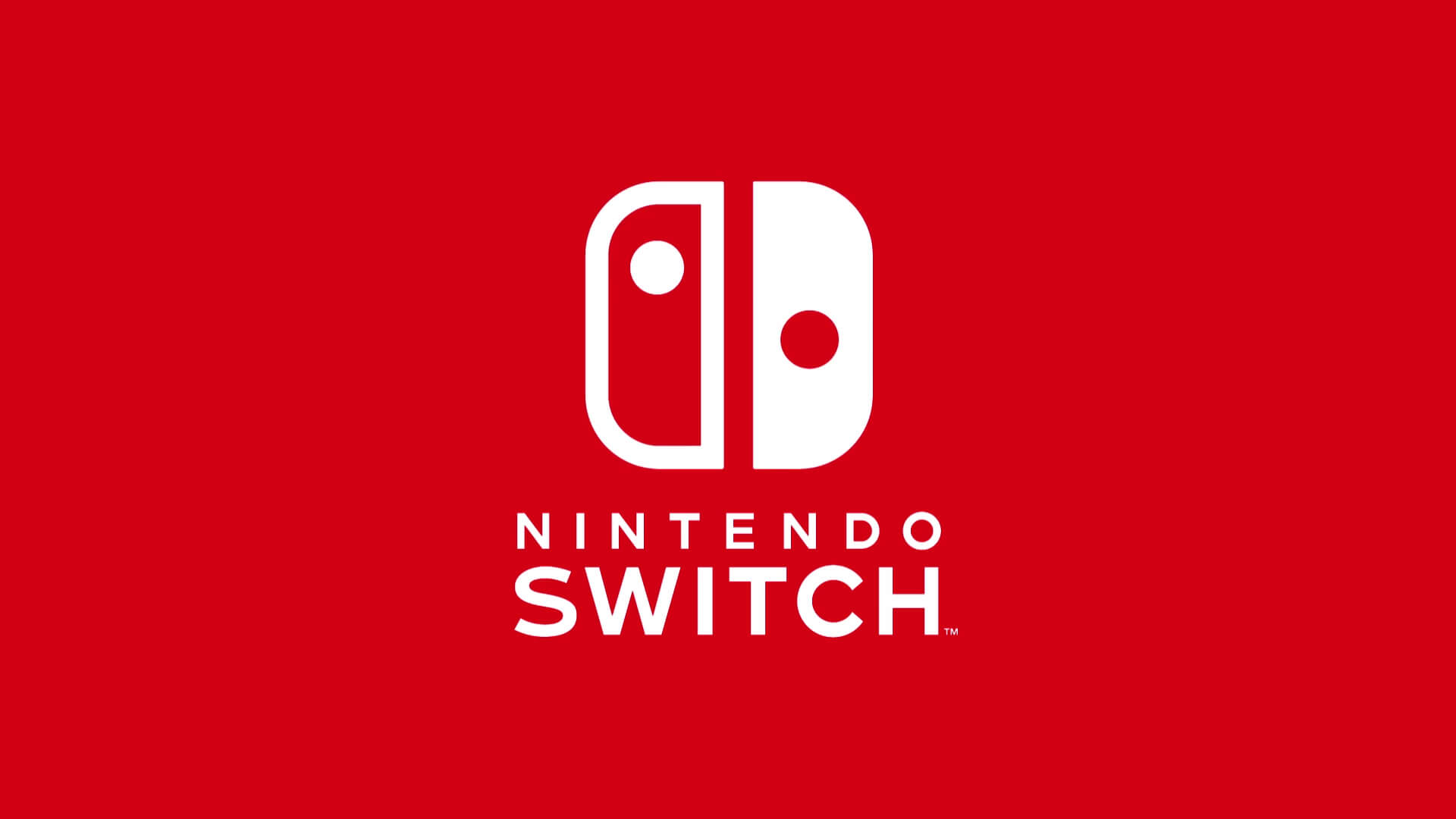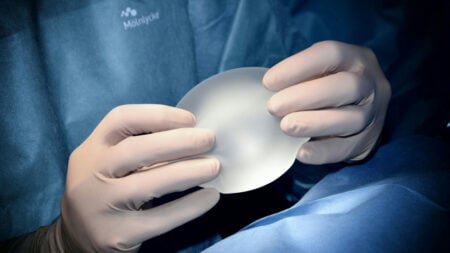Having previously written a piece stating how the Nintendo Switch could make or break the company’s influence in the console market, The Switch has launched to great success. Although official figures are yet to be fully disclosed by the Japanese manufacturer, we have heard rumors alluding to the fact that the machine could potentially be Nintendo’s fastest selling console even outselling the juggernaut system, The Wii.
Regardless of the financial numbers, having spent a couple of weeks with the device be it on my commute, reclining sofa or bed; I have mixed feelings about the Switch. My biggest concern is the longevity of the machine, particularly how the console will compare against the competition in a few years. Aside from this relevant concern, it should be noted that the Switch has the potential to be a fantastic, magical device. If Nintendo continues to support the positives of the console, they could become be a fierce competitor to Sony and Microsoft once more.
For those of you who have managed to avoid any of Nintendo’s marketing campaign which includes advertisement during the Superbowl and an appearance on The Tonight Show, the Switch fuses together the two pillars of Nintendo’s legacy. In essence, it is both a traditional home console and a portable. the Switch can be taken anywhere… Considering you have charging options.
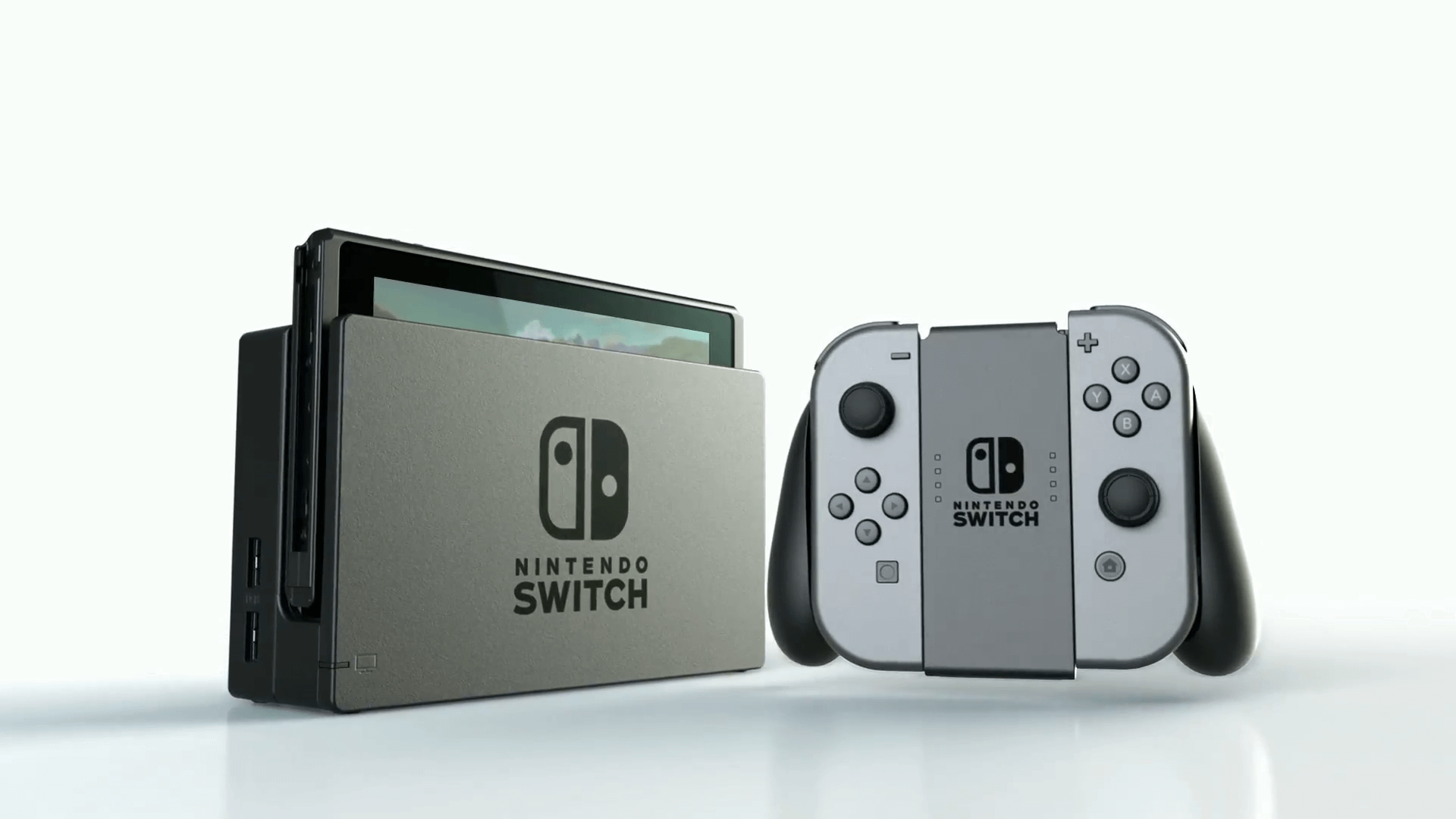
Immediately upon opening the box of the Nintendo Switch, the company’s charm is apparent. The packaging, in comparison to the competitors, is tiny; as is the actual device which I’ll touch upon later. As you remove the top drawer of the packaging, the Switch is accompanied by two joy-cons which in my case were neon blue and a strikingly vibrant, red. Next to these small treasures is the actual machine and upon first glance, seems rather small. Think somewhere between the 3DS and a traditional tablet such as an iPad. Considering that the entirety of the Switch’s processing power arrives from this small, sleek tablet is wizardry. The included docking station for the TV is purely for charging and video output. The Switch is simply the smallest home console ever conceived.
The majority of the actual console is the Switch’s touchscreen which unlike the bulky and childproof appearance of the Wii U tablet, looks smooth and elegant. The Switch resembles products made by Apple which is not a terrible place to find inspiration. The charisma and quirkiness Nintendo are synonymous for still remains but the Switch is the most visually appealing system the company has ever created. It is akin to the difference between the original DS and the DS Lite, the Switch looks a decade more relevant than the Wii U did.

Although the screen can, at first, look misleadingly small, once the two joy-cons attach to the side of the system, the Switch gains some much-needed width. The entire system is larger than the PS Vita and probably the largest handheld gaming device to date. The PS Vita felt like a portable, downgraded PS3 in my opinion and gaming on the system, particularly with franchises such as Uncharted and Killzone, felt inferior. With the Switch being marginally larger, the divide between home and handheld feels nonexistent. I personally feel the size of the Switch is perfect; any larger and the device would’ve been a pain to transport yet any smaller, and it would feel like a 3DS successor.
Upon booting up the Switch, Apple’s domination of the smart device scene has influenced more than just the Switch’s physical aesthetics. The screen is gorgeous with sharp visuals and vibrant colors. Although the Switch is as thin as an iPad, the device still feels weighty and durable. When the joy-cons are connected, they both feel secure and attach with a satisfying click followed by the infamous snapping of fingers sound when the device is on. The touchscreen, in particular, is much more responsive than anything Nintendo have worked with before. No longer do you need to use the edge of your fingernail or a stylus to make selections which will give greater freedom with future games. All of these factors combine to make a stylish yet robust machine.
The most impressive overhaul of the Switch is the removal of the convoluted UI of the Wii U. Upon turning the device on for the first time, I reached the home interface within two minutes having fully calibrated my joy-con controllers in the process. The setup was extremely quick and asked only the relevant questions. The lack of any gimmicky menus with Mario or other mascots masquerading around the screen may make loyal fans feel abandoned but personally, I prefer the streamlined efficiency.
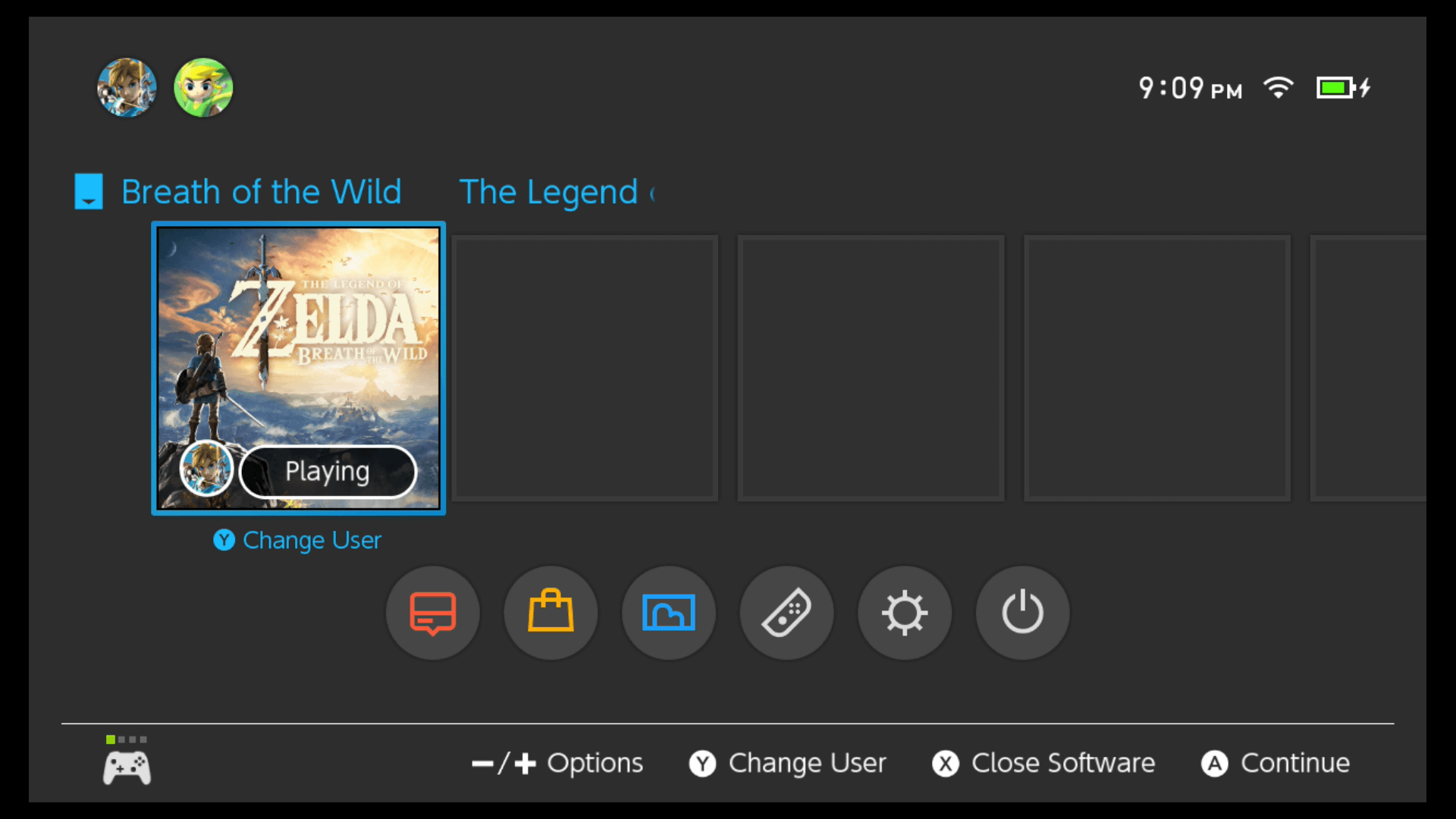
The Switch has the potential to replace your tablet but sadly, that may not come to fruition. At present, the Switch does nothing more than play games. This sounds like an odd complaint about a gaming device yet to compete in a crowded market, the Switch needs to do more than just play games. I currently take a laptop, tablet, smartphone and my Switch to work. For me, this is not an issue as I love technology and I’m an avid gamer. However for the average person, compromises will need to be made and for Nintendo to appeal to more casual gamers, they need to infiltrate the tablet market. At present, the Switch does not even have a web browser, let alone streaming services such as Netflix or Amazon. Although Nintendo assures us that these features are coming, I cannot help but feel that the launch was perhaps rushed.
If the Switch was rushed, they played a very smart move in waiting until Zelda: Breath of The Wild was complete. The Switch (and Wii U) possesses a game of the year contender in Zelda: Breath of The Wild. Although this is a hardware review, I feel like Zelda must be taken into the equation as every owner of the Switch should buy it!
Although the Switch clearly has a standout game among its library, there are other games of note. Shovel Knight and Snipperclips and a couple of great examples of games that are brilliant to play both at home and on the go. With games such as Skyrim, Rocket League, and Yooka-Laylee potentially heading to the device in the future, the Switch could have a rather impressive first year on the market. It must be noted however that, although the aforementioned games are brilliant, they are already available on other platforms. Skyrim is now six years old… Nintendo has always excelled in their first party development and I previously stated that perhaps the future for the company lies in this ability. For now, the Switch will be the only home of the upcoming Mario Odyssey and Splatoon 2, which will be arriving in 2017. With rumours circulating about a home console version of Pokémon coming to the Switch too, the first party support looks very exciting. Sadly, much like many other features, the Virtual Console is amiss from the system at present but when it arrives, the range of games available for the device with grow substantially with Nintendo’s 30 year catalogue.
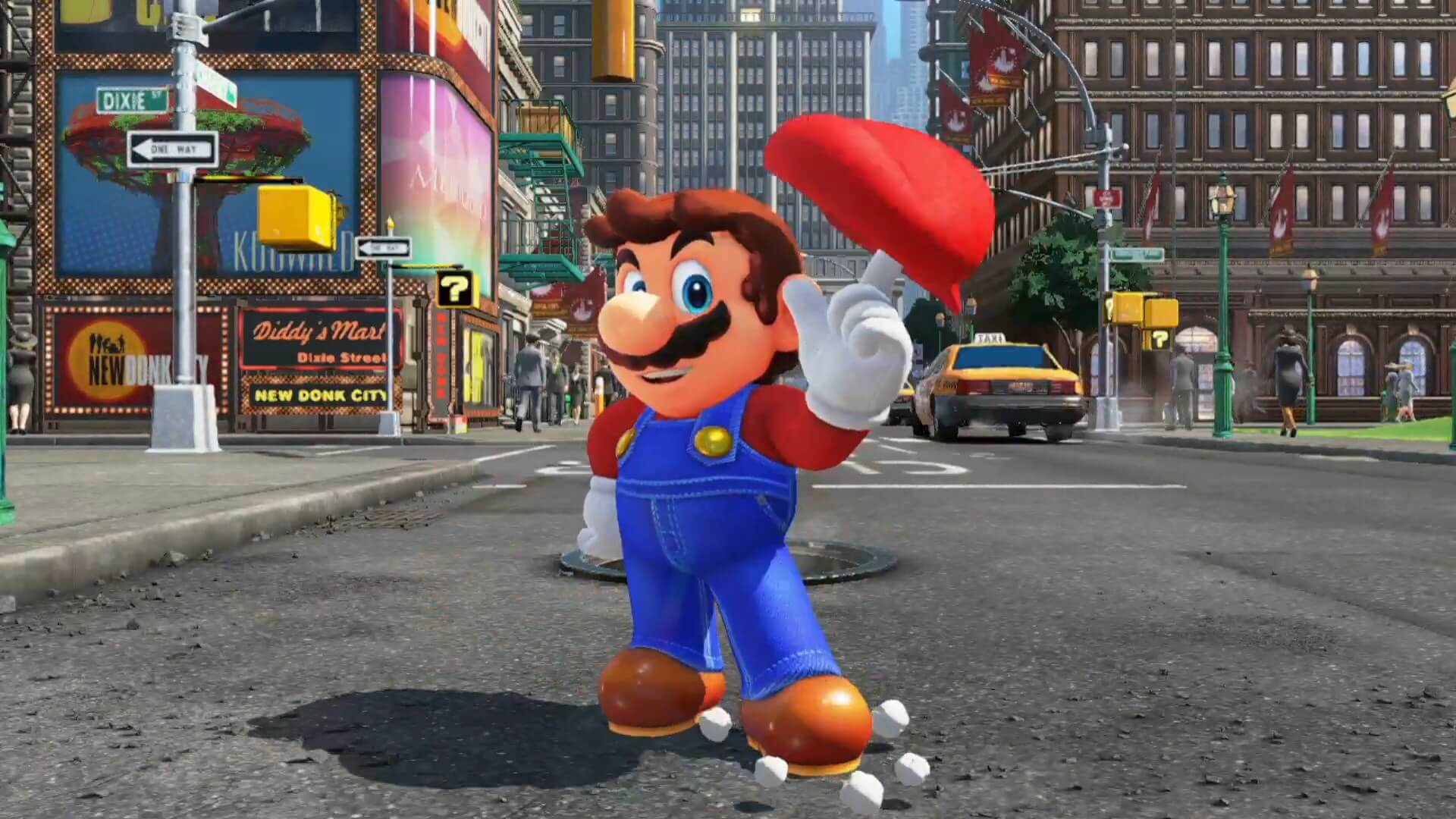
So we know how the Switch looks and feels but more importantly, how does the Switch play? Very well… Incredibly well in fact. The majority of my time with the Switch has been in portable mode and I’m surprised by just how comfortable the machine is. You have the full functionality of a traditional controller with the expected face and shoulder buttons and of course, two analog sticks. Issues were raised in regards to the positioning of the right analog stick and it does look unsymmetrical yet having used the setup for countless hours, I have had no qualms. As someone who would often get a cramp in their thumb when playing the 3DS or Vita, I am yet to experience any discomfort with the Switch. As I touched upon earlier, The Switch feels more than simply a handheld console. This could be a combination of the size, controller layout or perhaps this is due to the quality of Zelda. I genuinely feel that I am having a ‘full’ gaming experience on the go which I’ve never truly experienced with any tablet or other handheld devices before.
I am also pleasantly surprised about the battery life of the Switch. As with other smart devices, brightness and other adjustments can affect the longevity of the system but I have found that I can get 3-4 hours of battery life before the Switch needs to charge. I commute to work so this fits perfectly into my schedule whereas others who are perhaps looking for some play time on flights or long car journeys may want to consider external chargers. Be wary when purchasing these though as the Switch needs significant power to actually charge. Cheaper external batteries may prolong the decline of the battery but you will need to invest more money for longer play time.
In classic Nintendo fashion, there are multiple control methods for the Switch straight out of the box and these will appeal to different audiences. Aside from the handheld setup, you can detach the joy-cons allowing you to grasp them in a fashion not too dissimilar from the Wii Remote and Nunchuck combo. You can use this method to either as a pointer or it can be quite relaxing to let your arms rest by your sides while using the two controllers more traditionally. The joy-cons are not just for a single player though as turning these joy-cons horizontal enables you and a partner to play cooperatively. The controllers do feel slightly small when in this mode but attaching the sliding wrist grip not only increases the size but elevate the shoulder buttons. You would not choose to use this layout as the default setting, however, having the ability to play with a friend without having to buy another controller is quite refreshing. Lastly, the joy-con grip which comes bundled with the system allows you to attach the two joy-cons, resembling a traditional controller albeit perhaps more square than expected. Strangely, the bundled grip does not charge the joy-cons (you have to buy a charging grip for that feature) however the 20-hour battery life of the joy-cons should be more than enough. All of the methods have their benefits but for those of you looking to use the Switch as a traditional home console, I recommend the optional Pro Controller which could be an
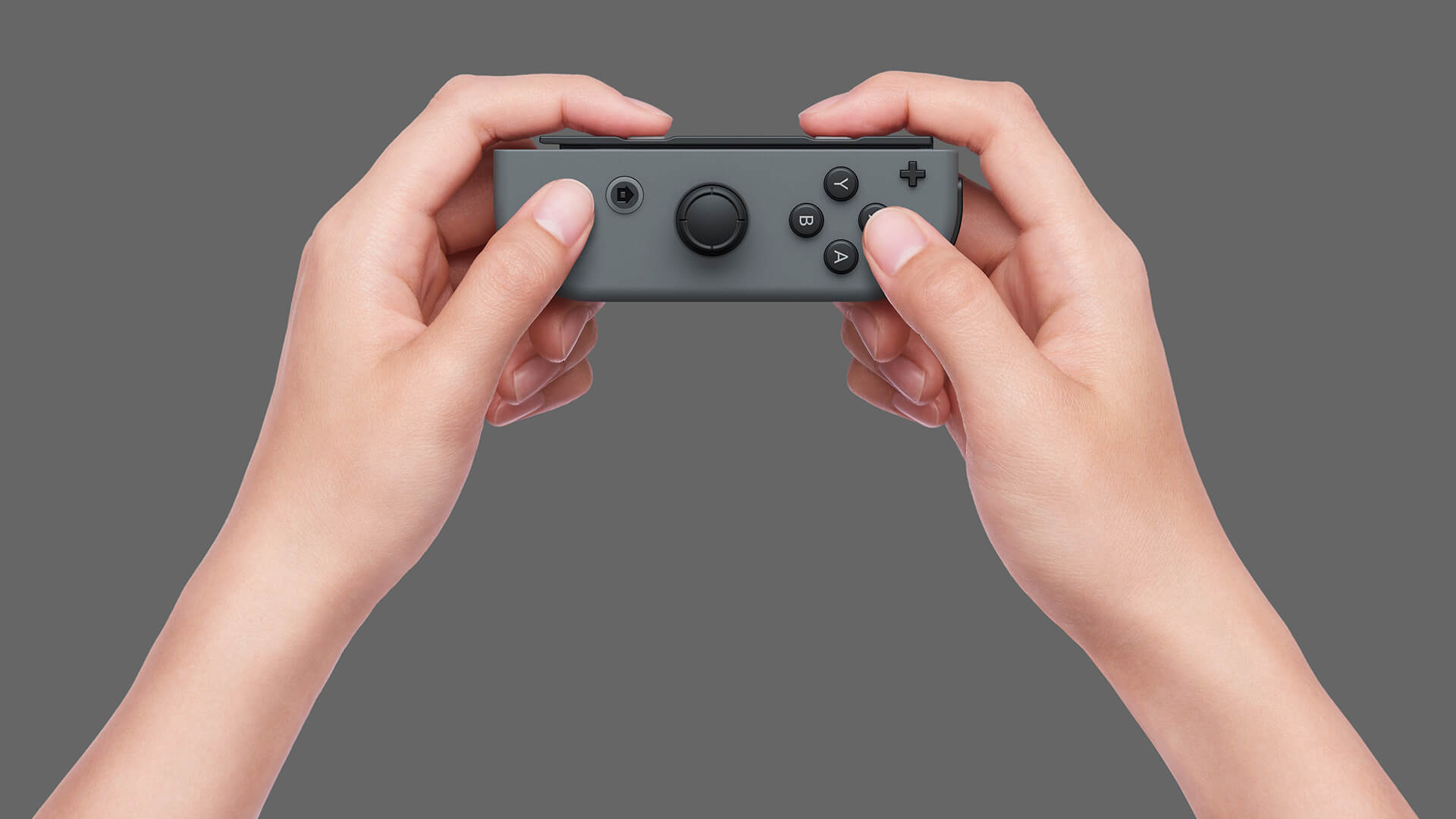
When you are at home, although I rather enjoy keeping the Switch in handheld mode, you can dock the Switch and the transition to TV is seamless. The system runs at 720p in handheld mode but can output up to 1080p when docked. Although the process is painless and is accurately depicted in the commercials and marketing, this is where my major concern for the Switch arises. Zelda:BOTW on a TV is unable to attain the full resolution of the Switch and instead runs at 900p which is not a significant difference, however, the frame rate, even at a lower resolution, can be rough. There have been many games on other systems that fall victim to this criticism yet this is a launch game developed by Nintendo themselves. If anyone knows how to utilize the full potential of the system, it should be Nintendo. If the machine is already struggling to offer a consistent performance, where does the future lie? The Wii U suffered because of the lack of third party support and at present, the biggest games of 2017 such as Red Dead Redemption 2 and Star Wars Battlefront 2 will not be playable on the Switch. I cannot help but feel that Zelda: BOTW is the best the Switch can produce, and this is a serious problem.
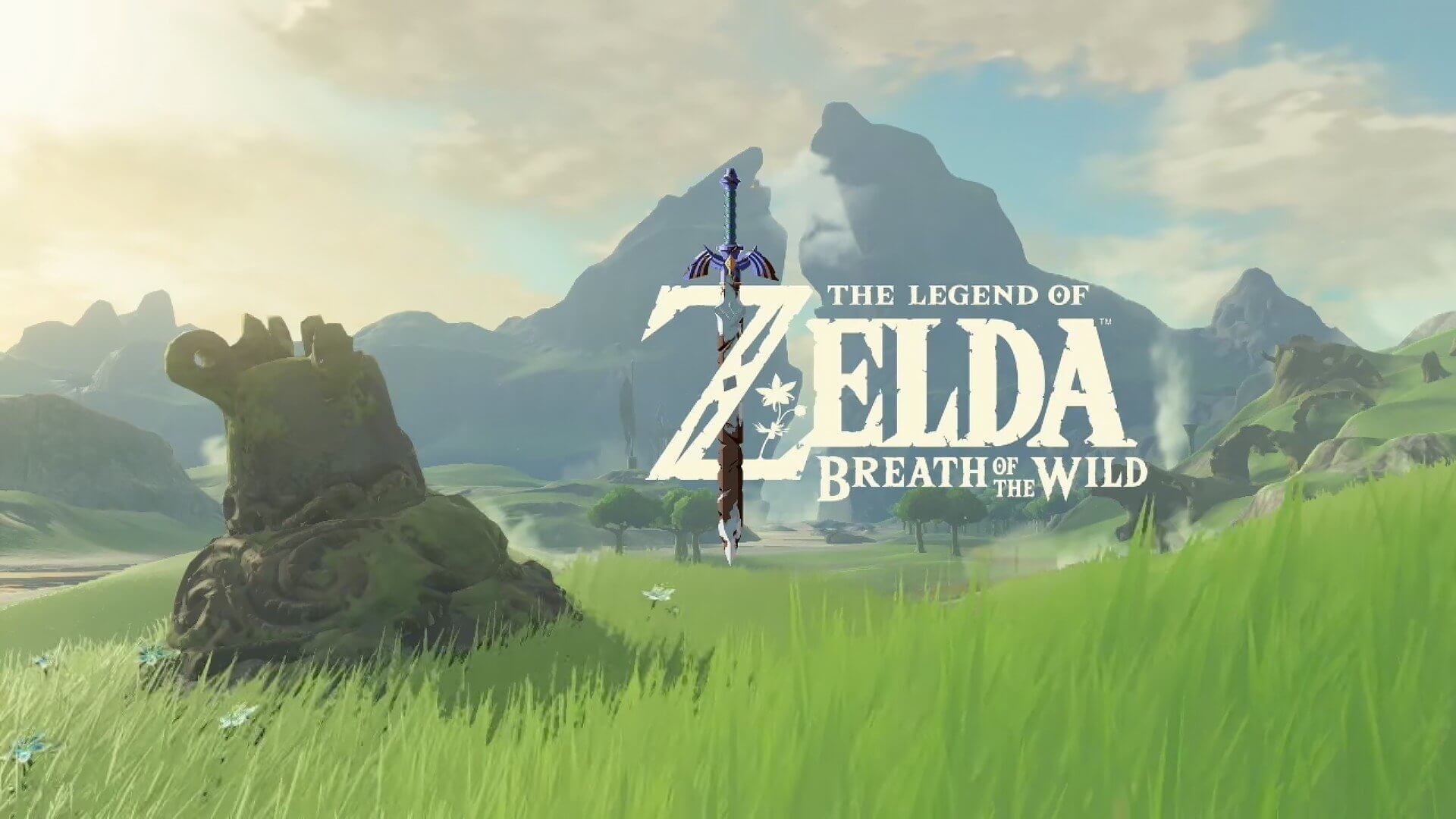
Other things to note about the Switch are the handy kickstand which, although I thought I would never use, is great for playing with a partner at bedtime. Playing Snipperclips, we stood the screen between ourselves and with a controller each, what should have been a quick few games soon turned into an hour of fun. The other thing to mention is the storage capacity as SD cards can be used but they must be SDXC cards. Unfortunately, these are not cheap and with only 32gb of storage on board, I can see this becoming an issue. Zelda: BOTW weighs is at just over 16gb, using more than half of the available storage. The benefit of the Switch using cartridges removes the necessity of having to install physical games but with the ease of the digital age coming closer, the onboard memory should have been larger.
The last, lingering issue I have with the Switch is the online connectivity. Connecting to Wi-Fi in the past has been a nightmare for Nintendo, especially with the 3DS. Previously you had to save connection settings, often taking minutes to login to a local hotspot. The Switch, however, acts like any other smart device and connection is as simple as a click and password. Although Nintendo has fixed this issue, online issues still remain. To add a friend you need their friend code. There is the ability to search but the functionality is restricted and broad. Secondly, the lack of voice chat is a major issue. To converse with others, an app must be downloaded on your smart device which is a travesty. The reasoning for this has not been disclosed. Could it be an issue with battery life? Perhaps. Whatever the reason, team games such as Splatoon 2 will suffer because of this. As with other missing features, hopefully, Nintendo can resolve these issues in the future.
In conclusion, I am surprised by just how good the Switch is. I had lowered my expectations due to the failure of the Wii U and pondered the thought that in the current climate, could Nintendo remain relevant? Not only does the hardware feel extremely modern, it does exactly what it advertises itself upon; a seamless home console/handheld experience. Concerns do still linger however and although Zelda: BOTW could be one of the best games in recent memory, the future is unclear. Mario Kart 8 Deluxe arrives in late April and the first year looks promising but will the Switch hit the broad target audience Nintendo wants it to attract? Only time will tell.
[review]

